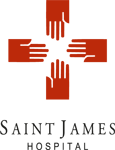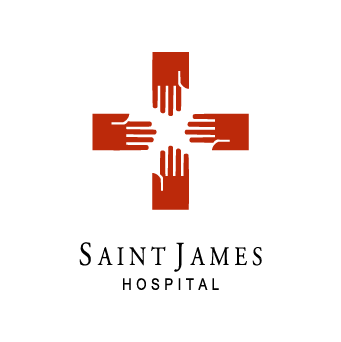A computed tomography (CT) scan is a painless imaging method that uses x-rays to create pictures of cross-sections of the body. CT scanning can identify normal and abnormal structures and be used to guide procedures.
A CT scan can be used to study all parts of one’s body, such as the chest, belly, pelvis, or an arm or leg. It can take pictures of body organs, such as the liver, pancreas, intestines, kidneys, bladder camera, adrenal glands, lungs, and heart. It also can study blood vessels, bones, and the spinal cord.
How does it work?
The x-ray machine scans the body in a spiral path. This allows more images to be made in a shorter time than with older CT methods
A dye may be injected into a vein or swallowed to help the organs or tissues show up more clearly on the x-ray
How long does it take?
The test will take about 30 to 60 minutes – depending on the area being scanned. Most of this time is spent preparing for the scan – the actual scan will only take a few seconds.
Fluoroscopy is also available at Saint James Hospital Group. During a Fluoroscopy, a steady beam of X-rays will look at movement within the body and will allow the doctor to see your organs move.


